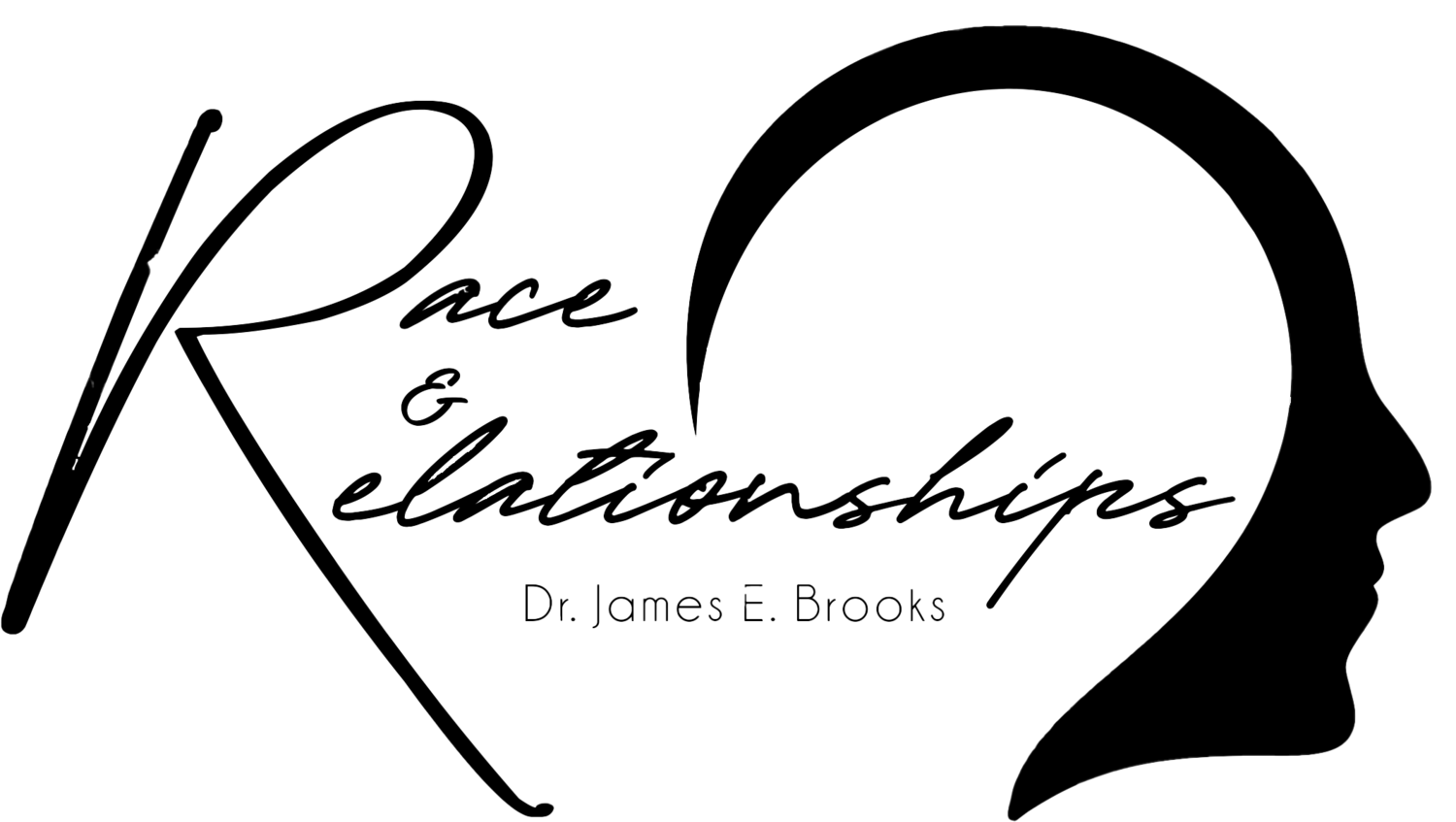Blackness and the Impact on Socialization of Biracial Children: What My Momma Said
Recently, I was turned on to the efforts of @Emmanuel Acho, whose vlog Uncomfortable Conversations with a Black Man recently featured a dialogue with the family of @Chipgaines and @JoannaGaines of HGTV fame. As I watched the 10 minute video clip, a lot ran through my head. I wondered how Emmanuel’s experience as a first generation, Black American influenced his Racial Worldview and how the experiences of Chip and Joanna as a White man and Asian woman raising a multiracial family shaped their racial worldview. Rather quickly, we got a glimpse into perception of Black and White relations through spontaneous disclosures and through questions posed by the children of Joanna and Chip. As in most cross-racial conversations about race, the notion of colorblindness became a topic of discussion.
There was never an indication of tension in the video and all of the adults seemed to cordially agree that diversity, in all its forms, should be acknowledged and valued. I am always appreciative of these sorts of conversations that stimulate positive feelings and generate hope among the participants and viewers and with over 1 million views it certainly appears that I am not alone. The difficulty with the conversation around colorblindness is that it really only addressed one component of the ideology . While it addressed acknowledging race, there was not the critical attention to also the system of racism. In essence, it addressed the evasion of color but not the evasion of power[1]. I wondered if and how does one make their children aware of the more difficult aspects of racism.
As I pined over this reality, I was reminded of the work of Rollins and Hunter [2] who examined the racial socialization of multiracial children. In their study of over 70 biological mothers of biracial children, they investigated what messages about race and approaches to racial socialization mothers used with their biracial children. There is a lot of rich information in their research, but especially valuable about their study is the attention the racial heritage of the children. Mothers provided answers to the following prompts
(a) What they were doing to protect their child from being discriminated because of their race
(b) Whether they were teaching their child special things to help them deal with discrimination, and more broadly
(c) What were they teaching their child
The researchers found that there were four broad types of messages that were use:
Cultural Socialization - educating children about current events, history, and heritage
Minority Socialization - preparing children to expect and how to respond to racial discrimination and cautioning against race as an excuse
Self-development socialization - focusing on development of self-esteem, character traits, and strong work ethic
Egalitarian Socialization - taught about other cultures and encouraged interactions with a diverse group of people
Of course, mothers often used multiple types of messages. This led to the categorization of racial socialization approaches (it’s the last list, I promise).
Protective - approaches that used minority socialization alone or minority socialization and other approaches
Promotive - approaches that made use of multiple types of messages but did not include minority socialization
Passive - approaches that made no mention of racial socialization at all
As it turns out, mothers with children of Black heritage, either Black/White parentage or parentage of one Black parent and another parent of color were more likely to have use a promotive approach to socialization than mothers who biracial children had no Black heritage (White and non-Black parent of color). Mothers with Black biracial children were also much less likely to remain silent and use a passive approach than those with non-Black biracial children.
Using the authors words mothers with Black biracial children were more likely to “focus on strengthening the child's sense of self, believing in one's ability, and passing on cultural traditions and values. [They] emphasize equality and encourage a color-blind worldview with no preparation for or direct teaching about racial discrimination.” This approach and more specifically the messages of self-development were the most frequent attempts to address race among the sample.
So what does it mean practically?
Most obvious is that racial socialization approaches and messages are greatly influenced by the anti-Blackness within the United States. Regardless of mother’s race, there was an awareness that something must be done to prepare the child for society. That something might directly mention race, may focus on the development of the child, or may emphasize cultures more broadly. It also suggests that, among the sample, a critical examination of racism is not the most frequent tactic used to prepare biracial youth to navigate the racial hierarchy of the United States. There are limits to the conclusions of the study, and of course this does not speak to all mothers of biracial children. However, it certainly makes one wonder what can the impact of differences in socialization impact a host of things such as identity, interracial friendships, self-esteem, etc. (Notice I’m not curious about which is “best”). I also wonder how gender of the child impacts those socialization messages.
What about you?
[1] Neville, H. A., Lilly, R. L., Duran, G., Lee, R. M., & Browne, L. (2000). Construction and initial validation of the color-blind racial attitudes scale (CoBRAS). Journal of Counseling Psychology, 47(1), 59-70. doi:http://dx.doi.org.proxyiub.uits.iu.edu/10.1037/0022-0167.47.1.59
[2] Rollins, A., & Hunter, A. G. (2013). Racial socialization of biracial youth: Maternal messages and approaches to address discrimination. Family Relations: An Interdisciplinary Journal of Applied Family Studies, 62(1), 140-153. doi:http://dx.doi.org.proxyiub.uits.iu.edu/10.1111/j.1741-3729.2012.00748.x
